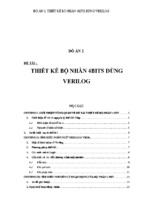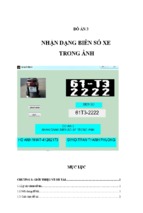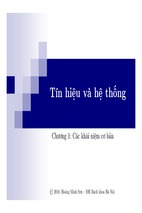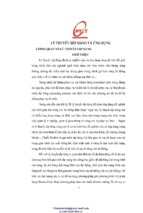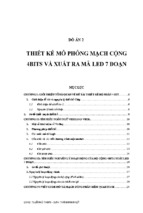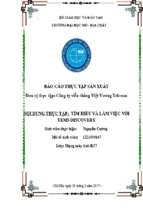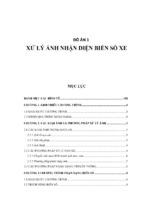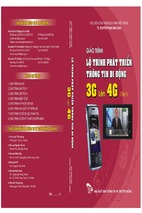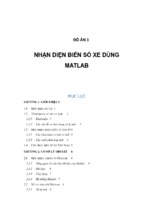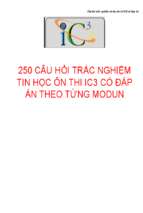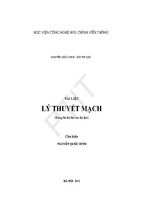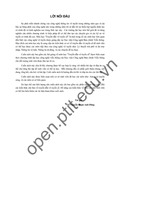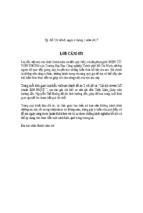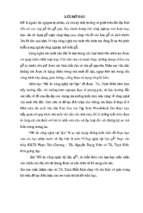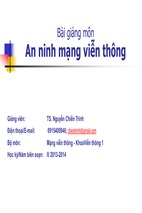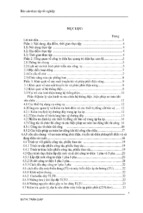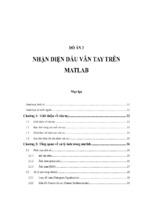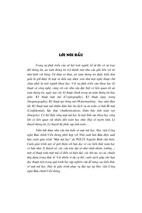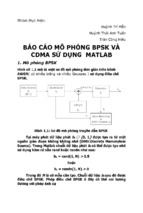CDMA Spreading
1
Copyright 2010 AIRCOM International
Release 99
Iub
Node B
Node B
Iu-CS
RNC
MSC/VLR
D
Node B
Iur
Gs
HLR
Node B
Node B
RNC
Uu
Iu-PS
SGSN
Gr
Gn
Node B
GGSN
UE
2
Iu-PS
Iu-CS
Iur
Iub
Control
User
Control
User
Control
User
Control
User
AAL5
AAL2
AAL5
AAL2
AAL5
AAL2
AAL5
AAL5
ATM Layer
ATM Layer
ATM Layer
ATM Layer
Physical Layer
Physical Layer
Physical Layer
Physical Layer
Copyright 2010 AIRCOM International
UMTS & GSM Network Planning
GSM900/1800:
3
3G (WCDMA):
Copyright 2010 AIRCOM International
UMTS Air Interface technologies
TDD
FDD
5MHz
4
5MHz
5MHz
Copyright 2010 AIRCOM International
5
Copyright 2010 AIRCOM International
UK Spectrum Allocations Example
D
E
C
A
A
A
A
C
C
B
B
B
D D
E
E
TDD
Vodafone
Hutchison
mmO2
TMobile
20MHz
6
0.3MHz
14.6MHz
10MHz
Orange
14.8MHz
0.3MHz
10MHz 10MHz
Copyright 2010 AIRCOM International
Carrier Spacing and Carrier Spacing Raster
5MHz
▪ The nominal carrier spacing
for UMTS is 5 MHz
▪ It is possible to move the
centre frequency of the
carrier on a 200 kHz raster
▫ We can have carrier
spacings between 4.2MHz
and 5.8MHz
200kHz
▫ This may be set within the
license conditions, or to the
operators discretion
7
Copyright 2010 AIRCOM International
Visualising the Processing Gain w/o
W/Hz
W/Hz
W/Hz
Ec
Before
Spreading
After
Spreading
Io
With Noise
f
f
W/Hz
W/Hz
After
Despreading/
Correlation
Post
Filtering
Orthog = 0
f
Eb
dBW/Hz
Eb
Io
f
Eb/Io
Io
f
f
Signal
Intra-cell Noise
Inter-cell Noise
W/Hz
Post
Filtering
Orthog > 0
dBW/Hz
Eb
Eb
No
No
f
8
Eb/No
f
Copyright 2010 AIRCOM International
P-CPICH as Measurement Reference
CPICH RSCP
Received Signal Code Power (in dBm). Power measurement of the
CPICH
Received energy per chip divided by the power density in the band (in
dB)
UTRA carrier received wide band power, including thermal noise and noise generated in the
RSSI
receiver
CPICH Ec/No
CPICH Ec/No =
CPICH RSCP
UTRA carrier RSSI
RSCP
•The UE measures the RSCP on the Primary-CPICH. The reference point for the
measurement is the antenna connector of the UE.
•The received code power may be high, but it does not necessarily indicate the
quality of the received signal
RSSI
•On the overall noise level.
•The UE measures the received wide band power, which includes thermal noise
and receiver generated noise.
•The reference point for the measurements is the antenna connector of the UE.
9
Copyright 2010 AIRCOM International
Spreading
• If the Bit Rate is Rb, the Chip Rate is Rc, the energy per bit Eb and the
energy per chip Ec then
Eb
Ec
Rc
Rb
• We say the Processing Gain Gp is equal to:
PG dB
3840
10 log10 (
)
Rkbps
• Commonly the processing gain is referred to as the Spreading Factor
10
Copyright 2010 AIRCOM International
Assessing interference
Eb/No =SNR +PG
W/Hz
Ec
Io
With Noise
f
If the Eb/No for voice is 9dB what is the
SNR?
9 = SNR + 25
f
Eb
No
9 – 25 = -16
11
Copyright 2010 AIRCOM International
Eb/N0
• Ratio of energy per bit over noise (plus interference) spectral density
• Value required to reach target quality (BLER) for related service
Eb
N0
12
PG dB
dB
Ec
N0
dB
Copyright 2010 AIRCOM International
Processing Gain and Required Eb/N0
Required Signal Power
Eb/No= + 4 dB
Processing
Gain
Eb/No= + 2 dB
Eb/No= + 1 dB
Noise level (ex. -105
dBm)
-9 dB
- 16 dB
NRT 384 kbps
+10 dB
RT 64 kbps
+18 dB
Voice 12.2 kbps
+25 dB
- 21 dB
13
Copyright 2010 AIRCOM International
CDMA Spreading
Essentially Spreading involves changing the symbol rate on the air interface
Spreading
Despreading
P
P
Channel
f
f
P
Tx Bit Stream
P
f
f
Air Interface
Chip Stream
Rx Bit Stream
P
f
Identica
Code Chip Stream
14
l codes
Code Chip Stream
Copyright 2010 AIRCOM International
Spreading and Despreading
1
Tx Bit Stream
Spreading
X
-1
Code Chip Stream
Air Interface
Chip Stream
Despreading
X
Code Chip Stream
Rx Bit Stream
15
Copyright 2010 AIRCOM International
Channelisation Codes
• Channelisation codes are orthogonal and hence provide
channel separation.
• Number of codes available is dependent on length of code.
• Channelisation codes require an equal number of 1‟s and 1‟s to be orthogonal.
• This is because we use integration to
demodulate the signal
• Channelisation codes are used to spread the signal.
16
Copyright 2010 AIRCOM International
OVSF codes
• Orthogonal Variable Spreading Factor Codes can
be defined by a code tree:
Cch,4,0 =(1,1,1,1)
Cch,2,0 = (1,1)
Cch,4,1 = (1,1,-1,-1)
Cch,1,0 = (1)
Cch,4,2 = (1,-1,1,-1)
Cch,2,1 = (1,-1)
Cch,4,3 = (1,-1,-1,1)
SF = 1
SF = 2
SF = 4
• SF = Spreading Factor of code (maximum 512
for UMTS)
17
Copyright 2010 AIRCOM International
Channelisation Code Generation
• Channelisation codes can be generated from a
•
x
Hadamard matrix
A Hadamard matrix is:x
x
x
• Where x is a Hadamard matrix of the previous
level
• For example 4 chip codes are:
Note: These two codes correlate
• 1,1,1,1
• 1,-1,1,-1 if they are time shifted
• 1,1,-1,-1
• 1,-1,-1,1
18
Copyright 2010 AIRCOM International
UMTS Frame Structure
•
•
•
•
Frame Period Tf = 10ms
Frames are used for channel format control
15 slots, #0…#14
Slots are used for power control, &
synchronisation
Tslot = 666.7 s = 2560 chips
#0
#1
#2
#i
#14
Tf = 10ms = 38400 chips
In one second =38400 x100 = 3840000=3.84Mbps
19
Copyright 2010 AIRCOM International
Capacity Limiting Factors
Factors Limiting Capacity:
Orthogonality
• Example: Eb/No = 4 dB, i = 0.6, 12200bps
Orthogonality
0
0.2
0.4
0.6
0.8
1.0
Pole Capacity
963
1100
1280
1534
1914
2548
Pole Capacity
(kbps)
2000
1000
0
20
0.5
1
Orthogonali
ty
Copyright 2010 AIRCOM International
- Xem thêm -

